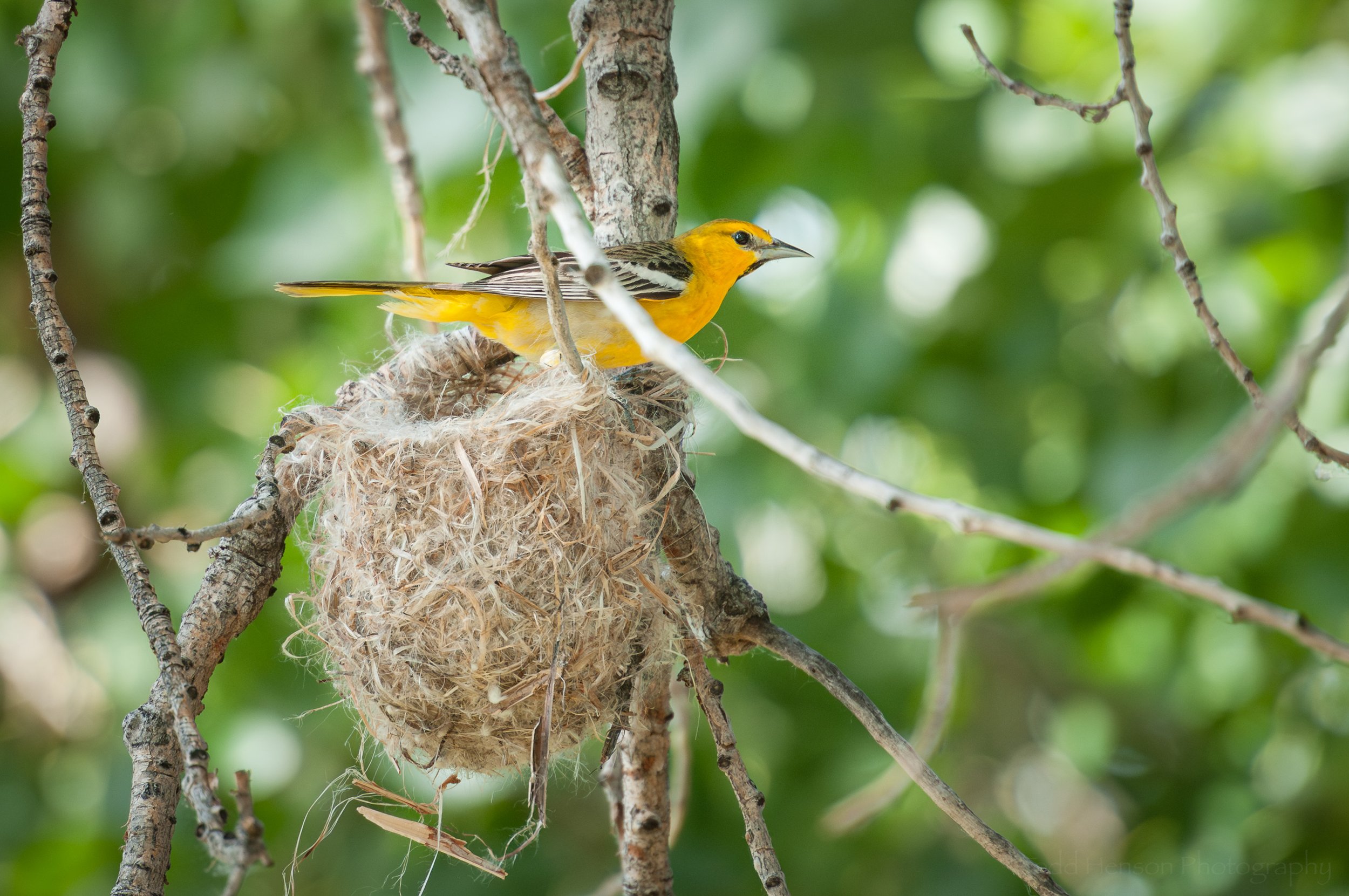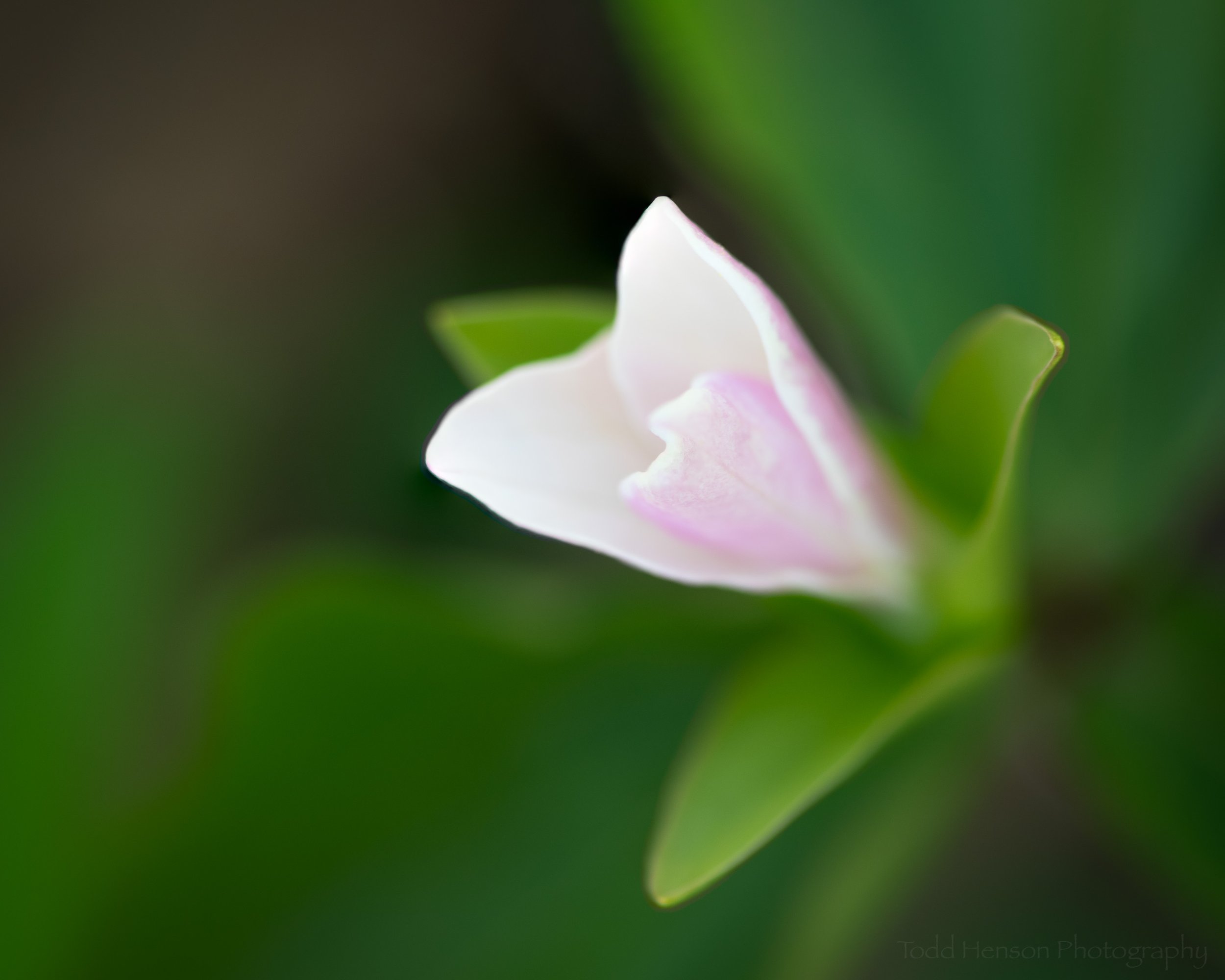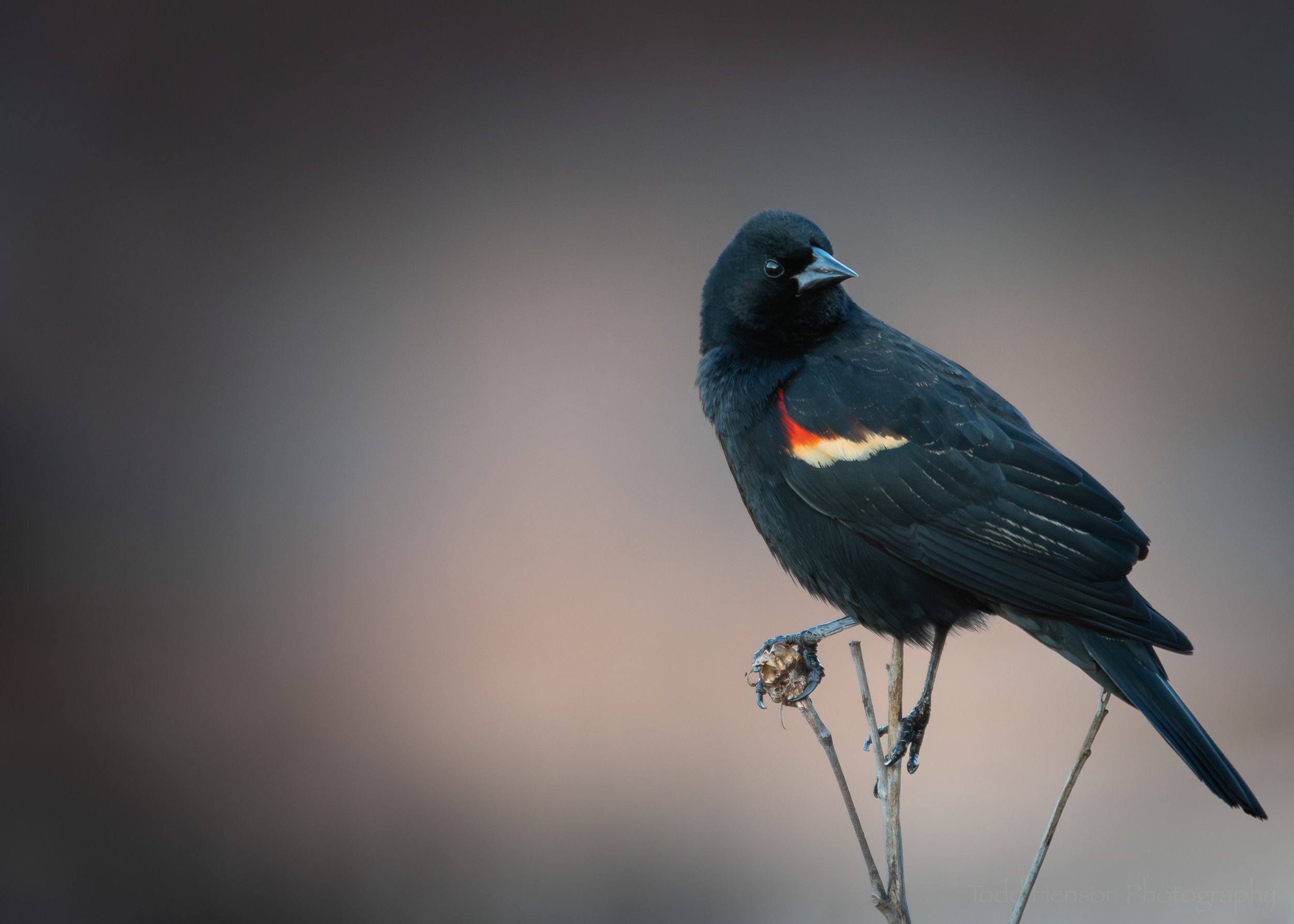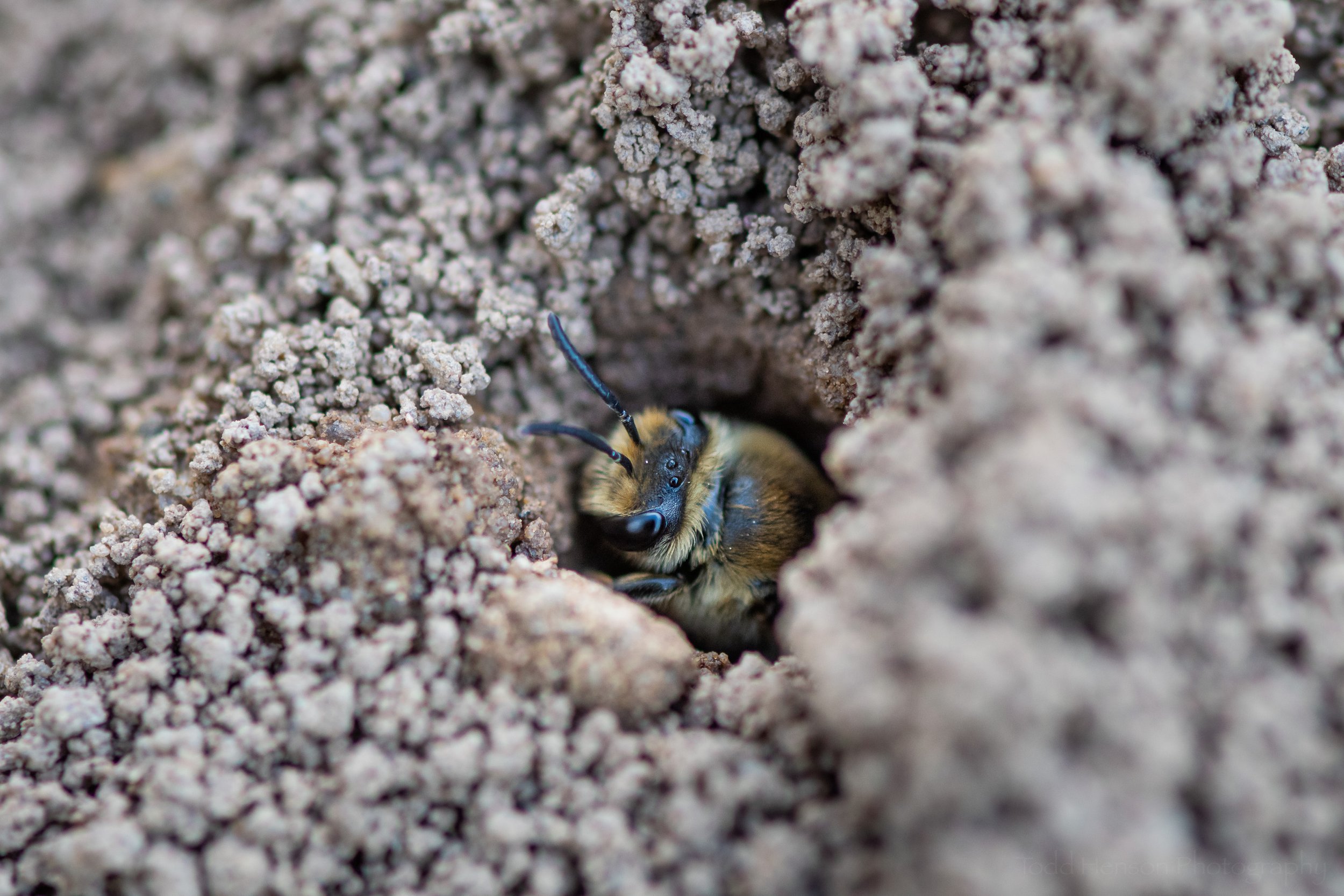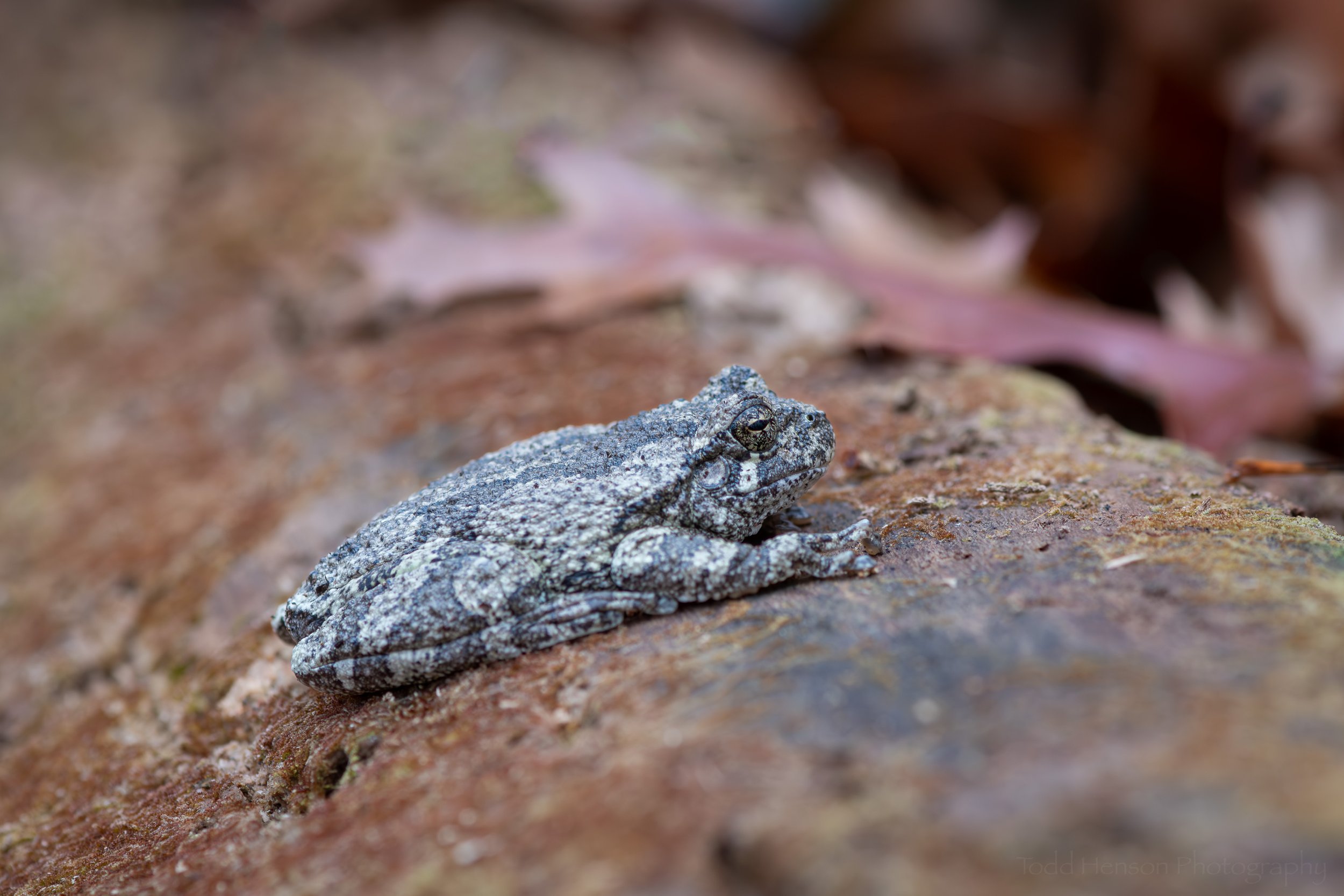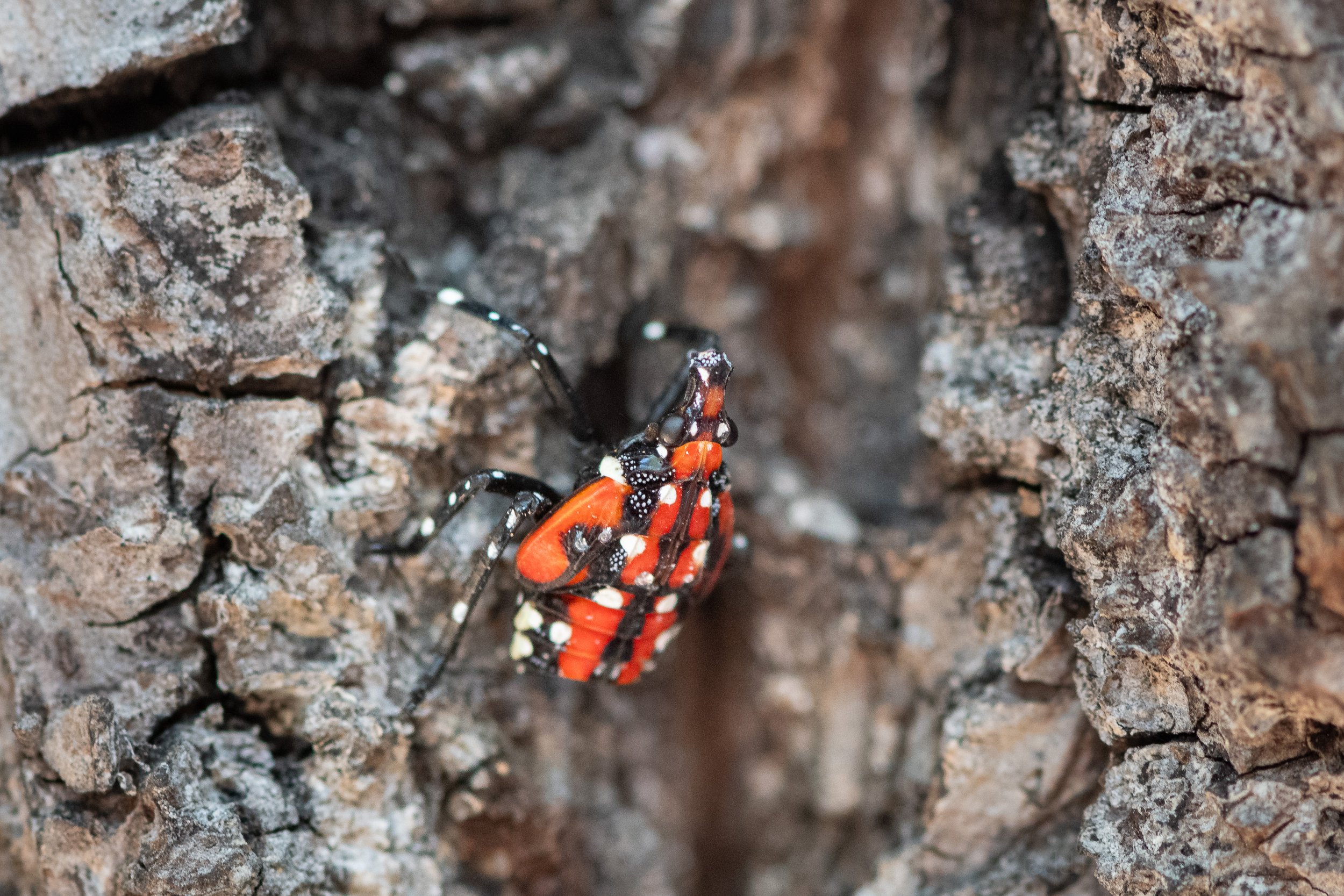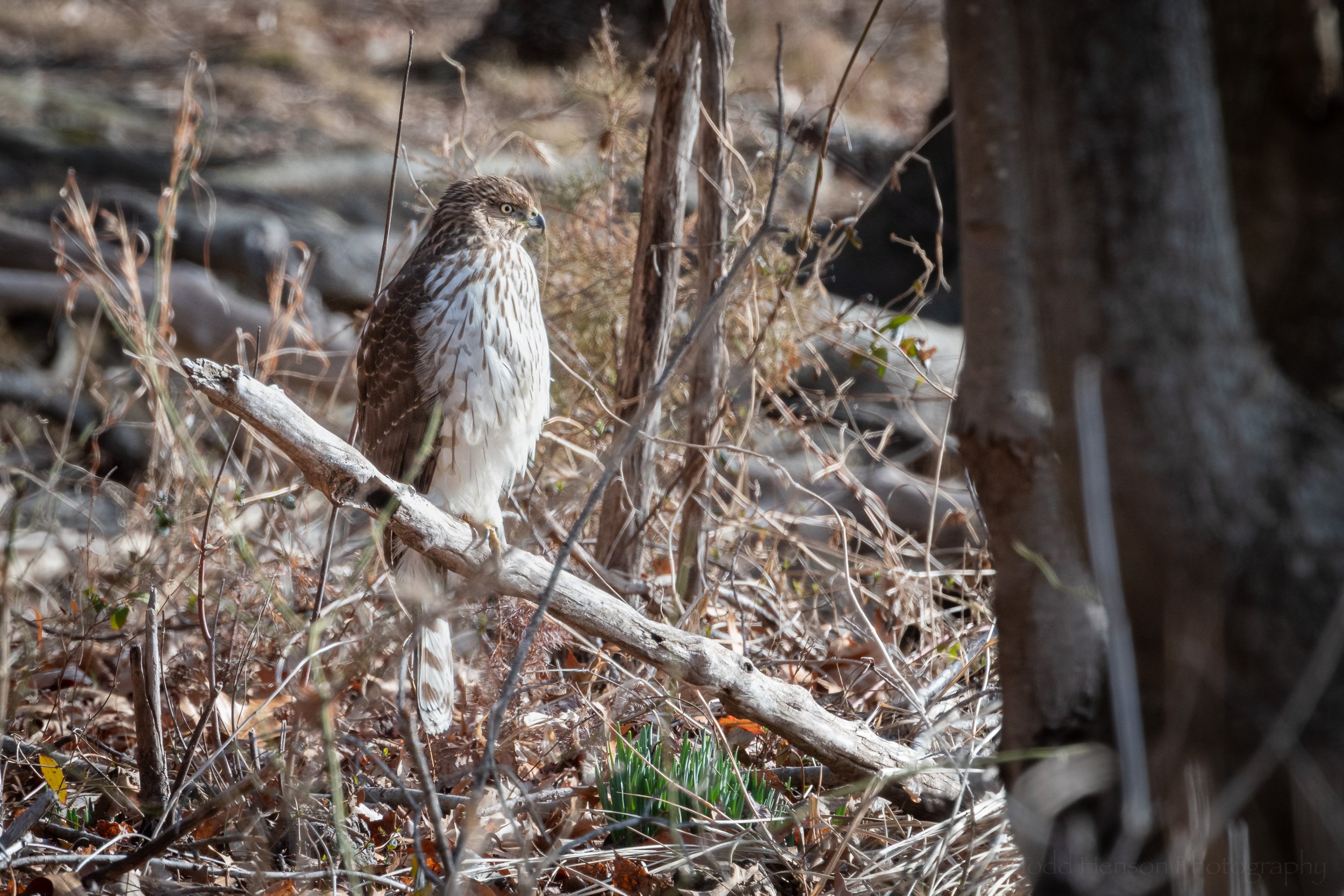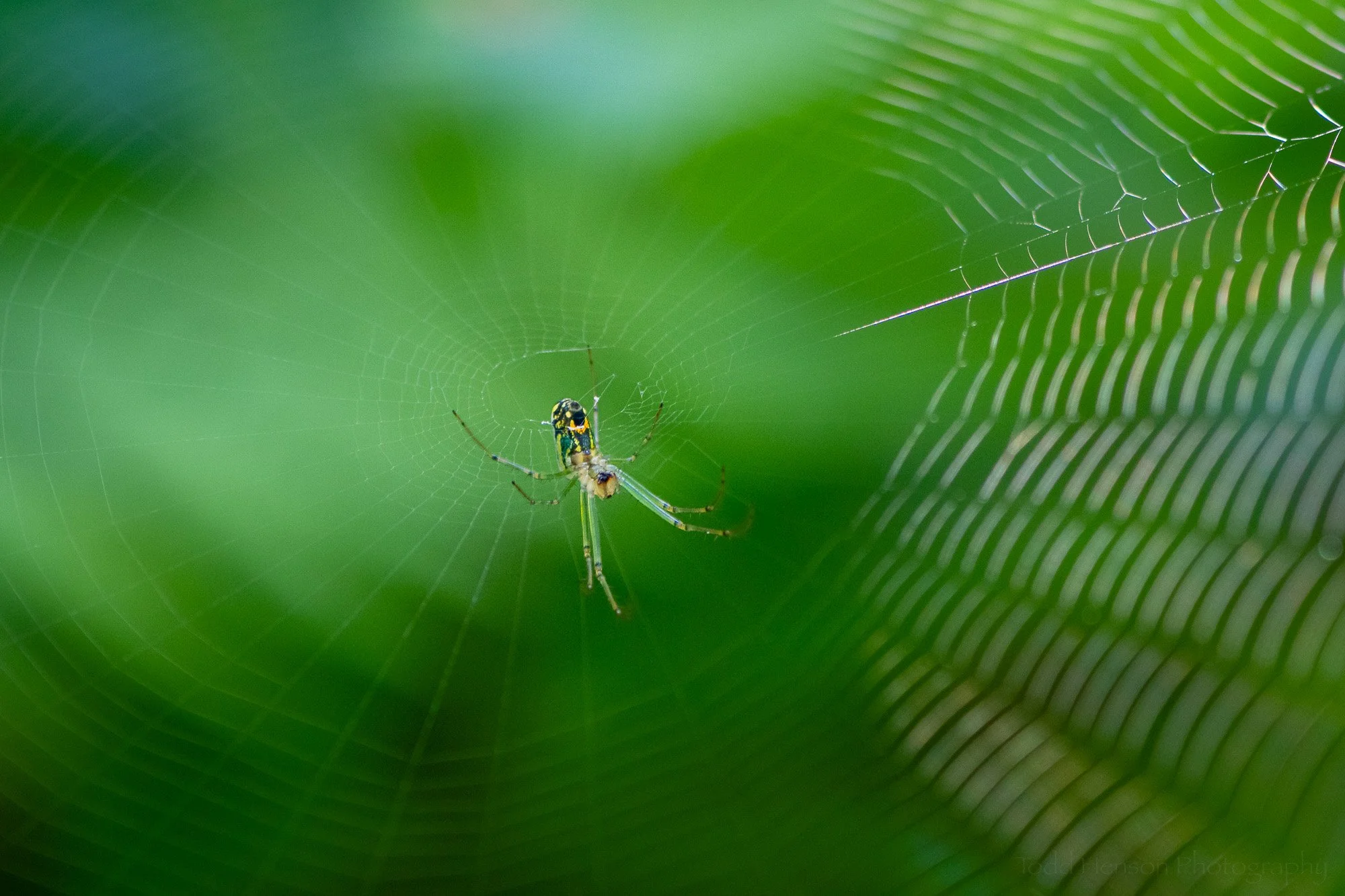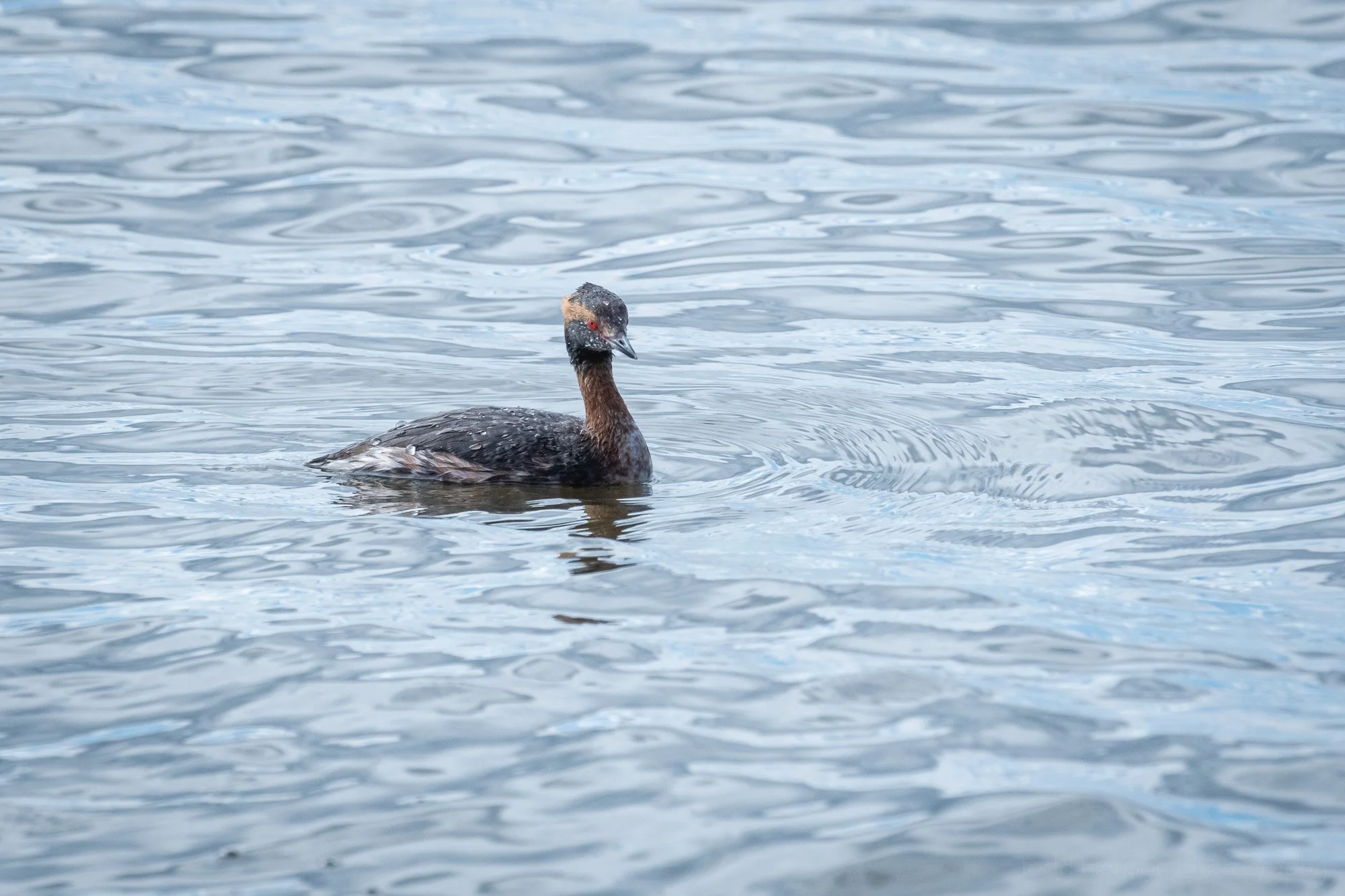Paper wasps are very busy creatures.
After hiking for a couple hours through a park it’s often nice to stop and take break, resting in one of the open wooden shelters found in many parks. When you do, if you look up, you just might see one or more paper wasp nests. Perhaps you’ll even see a nest currently occupied with busy wasps going about raising their next generation.
A paper wasp nest in a corner of the ceiling.
A closer look at paper wasps on their nest.
Another paper wasp nest in the same shelter.
If you look closely at some of the photos (click on them for a larger view) you may see young larvae in the open cells. The queen lays eggs in open cells, which mature into larvae. These larvae will eventually spin a cocoon in the cell, also visible in some of the photos. They will enter the pupal stage in the cocoon, after which they’ll emerge as adult wasps. It’s a fascinating life cycle.
A paper wasp nest with several workers.
Notice the larvae in the open cells. Those in the closed cells have entered the pupal stage.
Be careful if you do find active nests. Though I’ve never had any problems with wasps, they can be very protective of their nests, attacking if they feel threatened. Best to leave them be, and maybe not stand quite as tall as you normally would if the shelter has a low ceiling. Sometimes I’ll just sit in a corner and watch (and photograph) the wasps as they go about their day. Very interesting and social creatures.
A small paper wasp nest, perhaps not as old as the others. All of these nests will be abandoned after their one and only use.
Next time you rest in an open shelter, look up. What do you see?
Do you enjoy these posts?
Sign up to receive periodic emails with updates and thoughts. Don’t worry, I won’t spam you. And please consider purchasing artwork or products from my online store, and using my affiliate links in the sidebar to the right when shopping online.
I appreciate your support!
